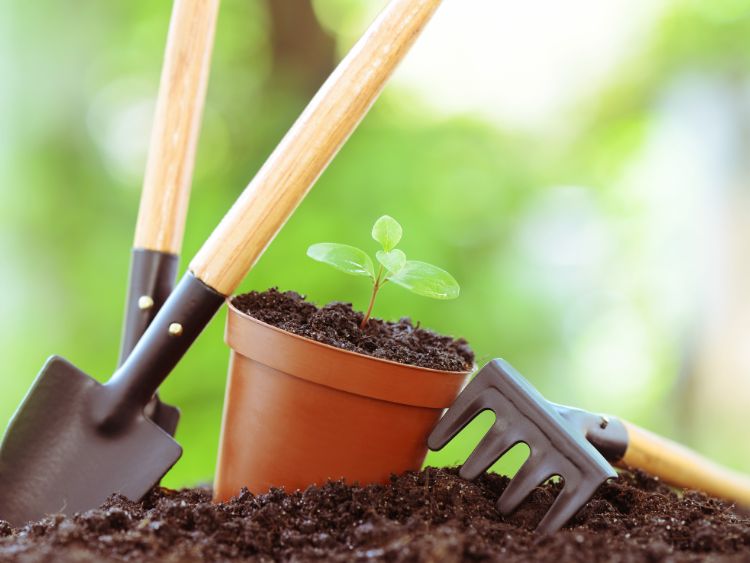Gardening shears are more than just tools; they’re an extension of every gardener’s hand, sculpting nature into a vision of beauty and bounty. Whether you’re a green thumb enthusiast or a professional landscaper, understanding and selecting the right shears can transform your gardening experience. This comprehensive guide will navigate you through the essentials of gardening shears, ensuring you make informed decisions and execute your gardening tasks with precision and ease.
Gardening, an art and a science, requires not just passion but also the right tools. Among these, gardening shears stand out as a critical ally in maintaining the health and aesthetics of your garden. They do more than just cut; they shape your garden’s soul. So, let’s dive in, shall we? We’ll explore the various types of shears, offer tips for selection and maintenance, and provide insights to enhance your gardening prowess.
What Are Gardening Shears?
Gardening shears, also known as pruners, are hand tools designed for cutting and shaping plants. They come in various sizes and designs, each suited for specific tasks. From trimming delicate flowers to shaping thick shrubs, the right shears make the job not only easier but also more enjoyable.
Choosing the Right Gardening Shears
Selecting the perfect pair of shears depends on several factors:
- Type of Gardening Task: Different shears serve different purposes. Know what tasks you’ll be performing most.
- Hand Size and Strength: Comfort and ease of use are crucial. Shears should fit well in your hand and not require excessive force to operate.
- Material and Durability: Look for shears made from high-quality materials that resist rust and wear.
- Maintenance Requirements: Consider how much time and effort you’re willing to invest in keeping your shears in top condition.
Types of Gardening Shears
- Bypass Pruners: Ideal for live plants and green wood, these shears provide a clean cut without crushing plant tissues.
- Anvil Pruners: Best suited for dead wood and hard-to-cut branches, featuring a single blade that closes onto a flat surface.
- Ratchet Pruners: A variation of anvil pruners, these are designed for those with less hand strength, progressively cutting with each squeeze.
- Grass Shears: Specifically designed for trimming grass and shaping edges around walkways and beds.
How to Maintain Your Gardening Shears
- Clean Regularly: Wipe your shears after each use to prevent sap and dirt buildup.
- Sharpen the Blades: Dull blades can damage plants and make your work harder. Sharpen them regularly for clean cuts.
- Oil the Joints: Keep the moving parts lubricated to prevent rust and ensure smooth operation.
- Store Properly: When not in use, keep your shears in a dry, protected place to extend their life.
FAQs
Q: How often should I sharpen my gardening shears?
A: It depends on usage, but generally, sharpening them once per season is a good practice.
Q: Can I use oil from my kitchen to lubricate the shears?
A: While it’s better than nothing, using a lubricant designed for tools is recommended to prevent residue buildup.
Q: Are more expensive shears worth the investment?
A: Higher-priced shears often offer better ergonomics, materials, and longevity. Consider them a long-term investment in your gardening toolkit.
Summary
Gardening shears are indispensable tools that, when chosen and maintained correctly, can greatly enhance your gardening experience. By understanding the different types available, selecting the right pair for your needs, and caring for them properly, you’ll ensure your garden remains a thriving, beautiful space. Remember, the best shears are the ones that feel right in your hand and meet the specific needs of your garden. Happy gardening!
